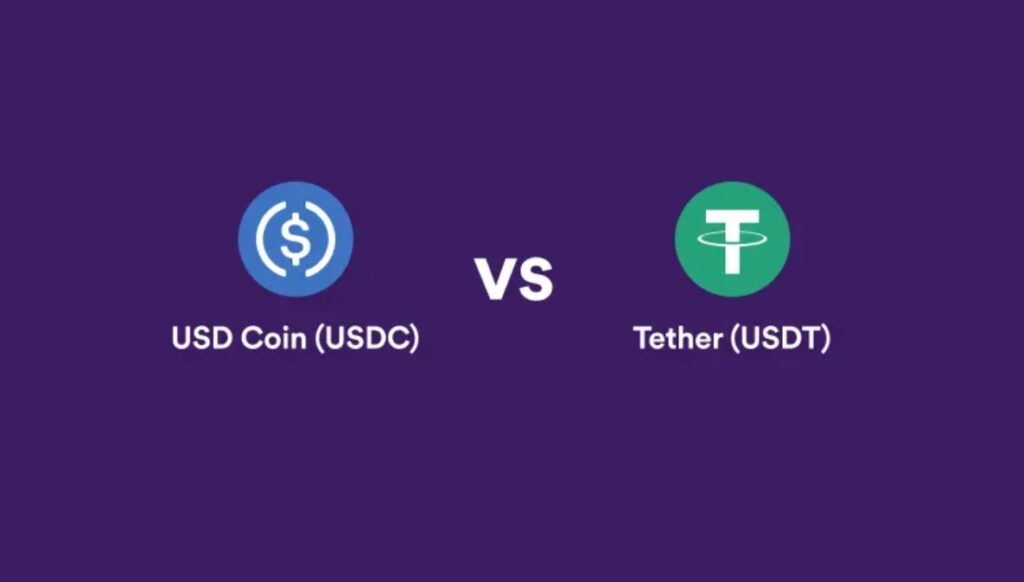
In the fast-paced world of cryptocurrency, stablecoins have become the bedrock of DeFi, trading, and remittances. On the Tron network, two names dominate the conversation: the established giant USDT (Tether) and the native algorithmic contender USDD.
But which one is right for you? This isn’t just about a peg to the US dollar; it’s about understanding the fundamental trade-offs between centralized assurance and decentralized ambition. This guide dives deep into a head-to-head comparison of USDD and USDT to help you decide.
What is USDT (Tether)?
USDT is the world’s largest and most widely adopted stablecoin. Launched in 2014, it’s a fiat-collateralized stablecoin, meaning it’s backed by real-world assets held in reserves by the company Tether Limited.
- Type: Fiat-Collateralized
- Issuer: Tether Limited
- Backing: Claims to be backed by cash, cash equivalents, and other assets (including commercial paper).
- Primary Use Case: The go-to stablecoin for trading, liquidity provision, and moving value between exchanges with low fees, especially on the Tron network.
What is USDD?
USDD is a decentralized stablecoin native to the Tron ecosystem. It is an algorithmic stablecoin launched in 2022 by the Tron DAO Reserve. Instead of being directly backed 1:1 by cash in a bank, it uses a mixture of crypto collateral and algorithms to maintain its peg.
- Type: Algorithmic (Over-Collateralized)
- Issuer: Tron DAO Reserve
- Backing: Backed by a basket of cryptocurrencies, including TRX, BTC, and USDT. It aims to be over-collateralized to ensure stability.
- Primary Use Case: To be the native, decentralized stablecoin for the Tron DeFi ecosystem, often offering higher yields in staking and farming protocols.
Key Differences: USDD vs. USDT
1. Stability & Backing: Centralized vs. Decentralized
This is the core philosophical difference.
- USDT (Centralized Trust): Its stability relies entirely on trust in Tether Limited to hold sufficient reserves. Users must believe the company is transparent and solvent. Regular attestations (though not full audits) are provided.
- USDD (Decentralized Mechanism): Its stability relies on a smart contract system and an over-collateralization model managed by the Tron DAO Reserve. Its peg is maintained through arbitrage incentives and the value of its collateral basket.
(Table: Comparison of USDT vs. USDD)
| Feature | USDT (Tether) | USDD (Decentralized USD) |
|---|---|---|
| Stablecoin Type | Fiat-Collateralized | Algorithmic & Over-Collateralized |
| Issuer | Tether Limited | Tron DAO Reserve |
| Primary Backing | Cash & Cash Equivalents | TRX, BTC, USDT, and other cryptocurrencies |
| Peg Mechanism | Centralized Redemption | Decentralized Arbitrage & Minting |
| Transparency | Periodic Attestations | Live On-Chain Collateral Ratio |
| Market Cap (Approx.) | ~$110 Billion | ~$300 Million |
2. Decentralization and Control
- USDT is highly centralized. Tether Limited can freeze addresses on a blockchain level if mandated by law enforcement.
- USDD aims to be more decentralized, with its monetary policy governed by the Tron DAO Reserve. Control is distributed, though it’s still heavily influenced by the Tron Foundation.
3. Use Cases and Yields
- USDT is the king of liquidity. It’s accepted on virtually every exchange and in most DeFi protocols. Yields for holding USDT are typically lower but are considered “safer” by the market.
- USDD, as a newer ecosystem token, often offers higher yields (APR) in Tron-specific DeFi protocols like JustLend or Sun.io to incentivize adoption.
The Risks: What Happened to UST and What It Means for USDD
No discussion about algorithmic stablecoins is complete without addressing the collapse of Terra’s UST in May 2022. UST was an algorithmic stablecoin that lost its peg and entered a “death spiral,” wiping out tens of billions in value.
This event is crucial context for USDD. While USDD is also algorithmic, it learned from UST’s failure by implementing a key difference: over-collateralization.
- UST’s Flaw: It relied on a fragile, uncollateralized arbitrage mechanism with its sister token, LUNA.
- USDD’s Safeguard: It holds a basket of high-value cryptocurrencies (like BTC and TRX) as collateral. The Tron DAO Reserve aims to keep the collateralization ratio above 100% to act as a buffer during market volatility.
While this makes USDD fundamentally more robust than UST, it does not eliminate risk. If the value of its collateral (e.g., Bitcoin) crashes rapidly, the stability of the USDD peg could still be challenged.
Conclusion: Which Tron Stablecoin Should You Choose?
The choice between USDT and USDD isn’t about which is “better” in absolute terms, but which is better for your needs.
- Choose USDT if: You prioritize maximum liquidity, widespread acceptance, and the perception of stability backed by a centralized entity. It’s the default choice for trading and storing value with minimal peg-risk concern.
- Choose USDD if: You are a dedicated user of the Tron ecosystem, believe in its decentralized vision, and are seeking higher yields in DeFi. You must be comfortable with the additional smart contract and algorithmic risks associated with its model.
For most users, USDT remains the safer, more practical choice for everyday use. However, for those deeply embedded in Tron’s DeFi world, USDD presents an attractive, higher-yield alternative, provided you understand and accept the inherent risks of its algorithmic nature.
Disclaimer: This article is for informational purposes only and is not financial advice. Always do your own research (DYOR) and understand the risks before investing in any cryptocurrency.